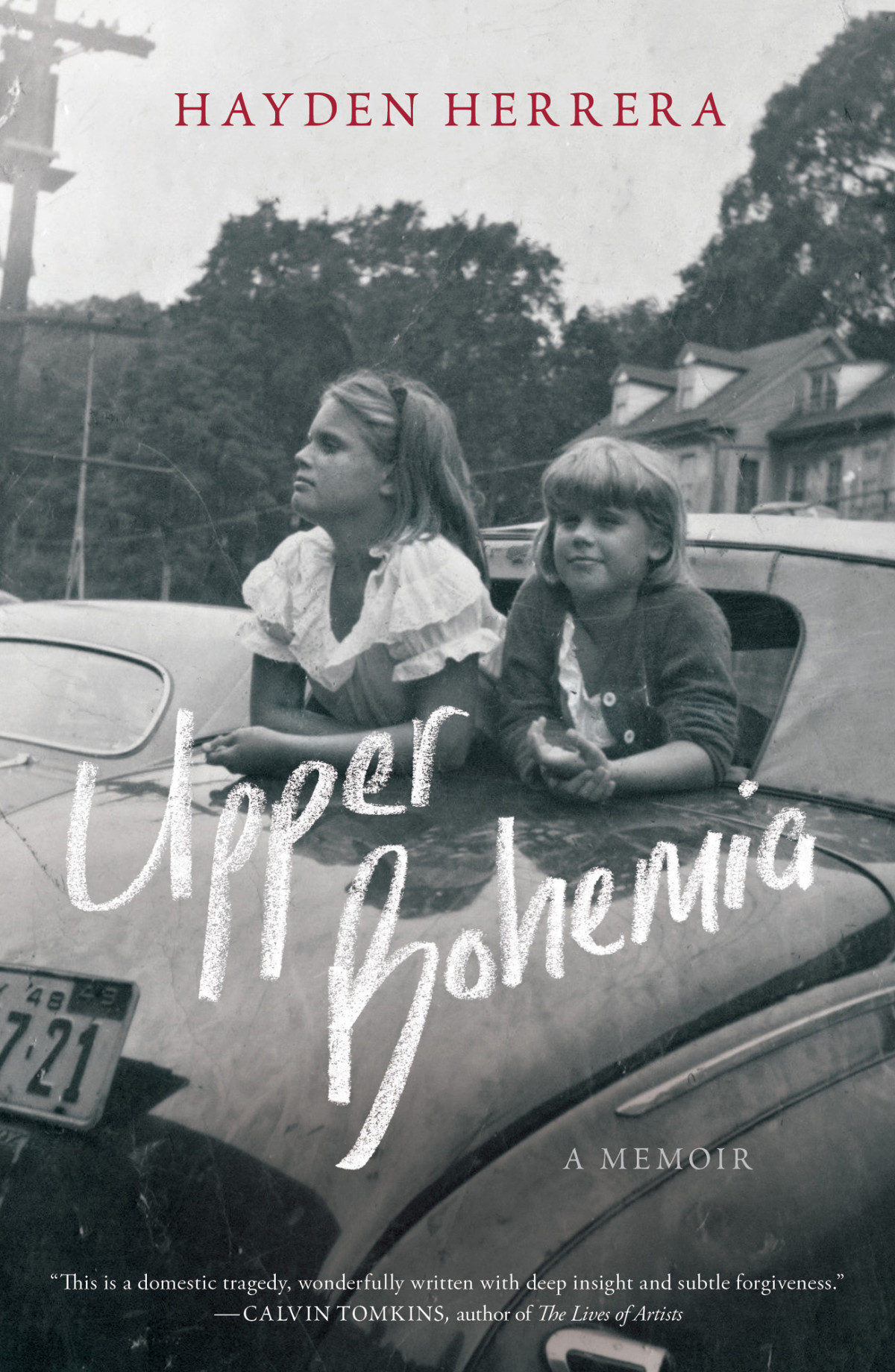

Most ebook files are in PDF format, so you can easily read them using various software such as Foxit Reader or directly on the Google Chrome browser.
Some ebook files are released by publishers in other formats such as .awz, .mobi, .epub, .fb2, etc. You may need to install specific software to read these formats on mobile/PC, such as Calibre.
Please read the tutorial at this link: https://ebookbell.com/faq
We offer FREE conversion to the popular formats you request; however, this may take some time. Therefore, right after payment, please email us, and we will try to provide the service as quickly as possible.
For some exceptional file formats or broken links (if any), please refrain from opening any disputes. Instead, email us first, and we will try to assist within a maximum of 6 hours.
EbookBell Team

4.7
86 reviewsHayden Herrera’s parents each married five times; following their desires was more important to them than looking after their children. When Herrera was only three years old, her parents separated, and she and her sister moved from Cape Cod to New York City to live with their mother and their new hard-drinking stepfather. They saw their father only during the summers on the Cape when they and the other neighbourhood children would be left to their own devices by parents who were busy painting, writing, or composing music.
These adults inhabited a world that Herrera’s mother called “upper bohemia,” a milieu of people born to privilege who chose to focus on the life of the mind. Her parents’ friends included such literary and artistic heavyweights as artist Max Ernst, writers Edmund Wilson and Mary McCarthy, architect Marcel Breuer, and collector Peggy Guggenheim. On the surface, Herrera’s childhood was idyllic and surreal. But underneath, the pain of being a parent’s afterthought was acute.
Upper Bohemia captures the tension between a child’s excitement at every new thing and her sadness at losing the comfort of a reliable family. Intimate and honest, Upper Bohemia “captures an enchanted but erratic childhood in a rarefied milieu with the critical but appreciative eye of a seasoned art historian” (The Wall Street Journal).